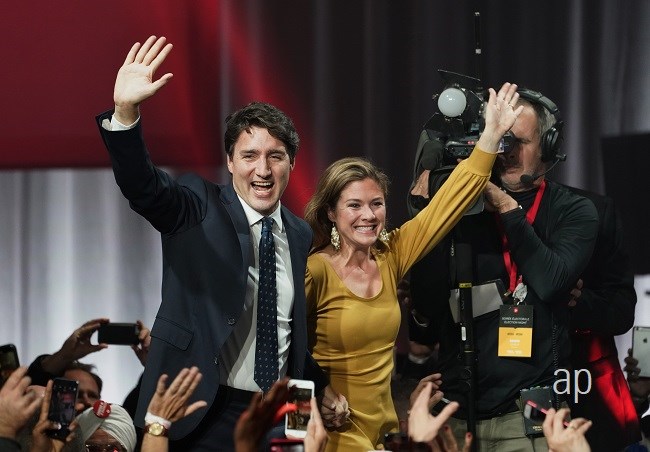At the conclusion of its October meeting, the Federal Open Market Committee voted to decrease its target rate range to 1.5%-1.75%, a 25-basis-point reduction. For the fourth consecutive time under Chairman Jerome Powell's tenure, the vote was not unanimous, with Esther George and Eric Rosengren voting for no change to the benchmark rate. George and Rosengren have now dissented in three straight meetings, preferring to hold rates steady each time. St. Louis Fed President James Bullard, who dissented last time in favor of a 50-basis-point cut, voted for the single cut this time. As a reminder, there was no new projections or dot plot released for this meeting.
The current r
ate cut was arguably not controversial, with markets largely pricing in a cut. Instead, the big question heading into the meeting centered around how many cuts the Fed views as necessary to “sustain the expansion.” In other words, would the Fed provide any clues about this likely being the last cut for now, or, if it believed that more cuts are necessary. To this end, the Fed removed the “act as appropriate to sustain the expansion” language in its latest release, and simply stated, “The Committee will continue to monitor the implications of incoming information for the economic outlook as it assesses the appropriate path of the target range for the federal-funds rate.” This was the key wording change in the statement and will likely be interpreted as a signal that the Fed believes rates are around where they should be given the current economic backdrop. In the press conference, Powell stated that the FOMC now views the current policy stance as likely to remain appropriate, which further bolsters this interpretation. He did admit that this was open to re-evaluation in the face of changes in the data, but he emphasized that they think the risks to the downside have moved in a positive direction. As such, we think a base case of “no more cuts for now” seems very reasonable.







.jpg)











